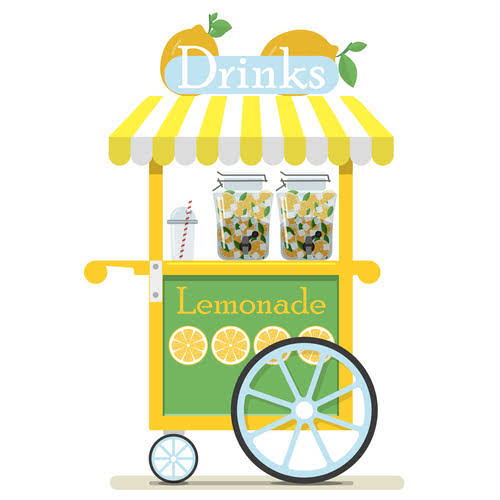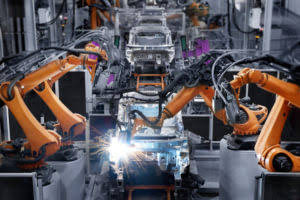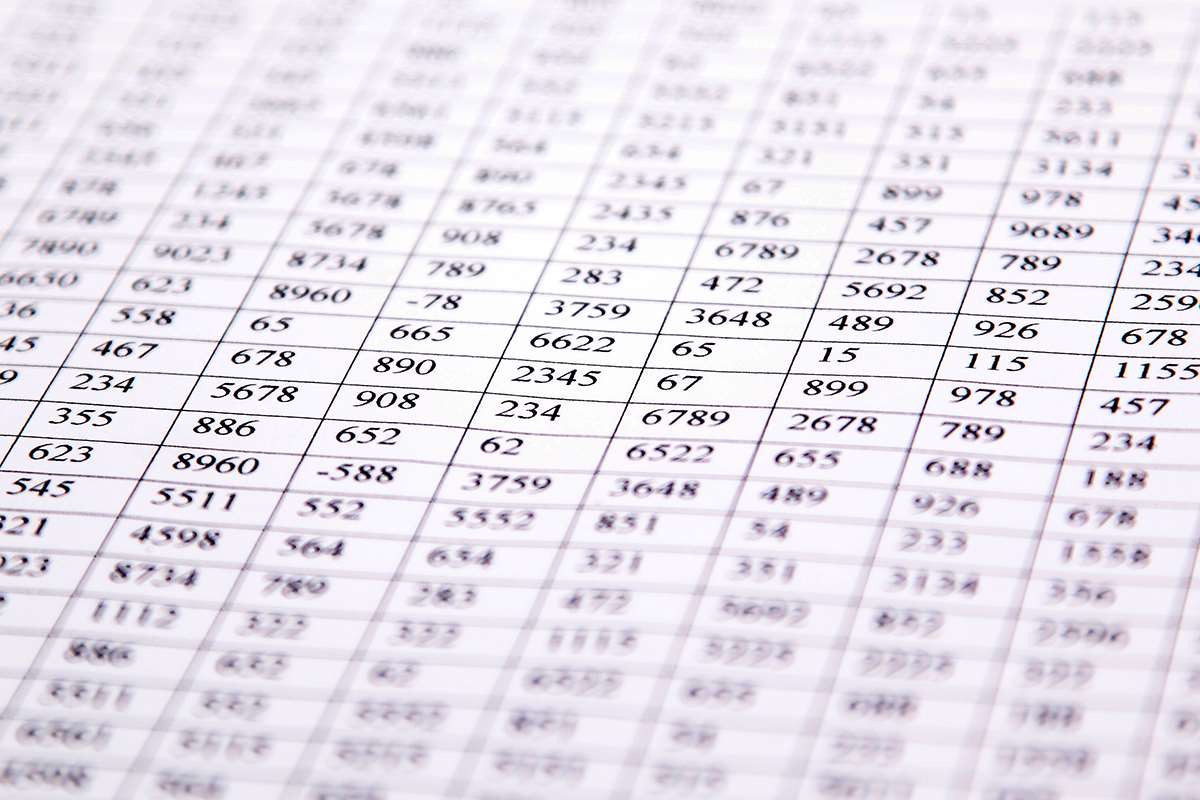
Examples of indirect materials (part of manufacturing overhead) include glue, paint, and screws. Direct labor includes the production workers who assemble the boats and test them before they are shipped out. Indirect labor (part of manufacturing overhead) includes the production supervisors who oversee production for several different boats and product lines.

What is Window Dressing of Financial Statements?
For manufacturing companies, product costs are only costs that are necessary to produce a finished product. As discussed earlier in the tutorial, product costs (i.e. manufacturing costs) consist of direct materials, direct labor, and factory overhead. Since nonmanufacturing overhead costs are outside of the manufacturing function, these nonmanufacturing costs are immediately expensed in the accounting period in which they Cash Flow Management for Small Businesses are incurred. That is why accountants refer to nonmanufacturing costs as period costs or period expenses.
Products
- Cost of goods sold is usually the largest expense on the income statement of a company selling products or goods.
- As mentioned above, nonmanufacturing costs cannot be included in inventory or the cost of goods sold; rather, nonmanufacturing costs are reported as SG&A expenses and Interest Expense in the accounting period in which they occur.
- The income statement reports the revenues, gains, expenses, losses, net income and other totals for the period of time shown in the heading of the statement.
- Direct materials – cost of items that form an integral part of the finished product.
- The finished product of a company may become raw material of another company.
- Costs that are not related to the production of goods are called nonmanufacturing costs23; they are also referred to as period costs.
Manufacturing cost overruns indicate production inefficiency whereas non-manufacturing cost overruns indicate inefficiency in other areas of operations. Each of them requires a different set of cost control measures, making appropriate cost categorization even more essential. Manufacturing cost is the core cost categorization for a manufacturing entity. It encompasses the costs that must be incurred so as to produce marketable inventory. Entities may manufacture several types of products and the sum total of all the costs involved in producing those products is termed nonmanufacturing costs as manufacturing cost. Cost of goods sold is usually the largest expense on the income statement of a company selling products or goods.
Part of cost of goods sold

Non-manufacturing costs, on the other hand, never get included in inventory rather are expensed out immediately as incurred. This is why the manufacturing costs are often termed as product costs and non-manufacturing costs are often termed as period costs. However, if management wants to determine the profitability of a specific product or customer, it is necessary to allocate or assign nonmanufacturing costs to the products and/or customers outside of the financial statements. In the end, management should know whether each product’s selling price is adequate to cover the product’s manufacturing costs, nonmanufacturing costs, and required profit. PepsiCo, Inc., produces more than 500 products under several different brand names, including Frito-Lay, Pepsi-Cola, Gatorade, Tropicana, and Quaker. Net sales for 2010 totaled $57,800,000,000, resulting in operating profits of $6,300,000,000.
Costs that are not related to the production of goods are called nonmanufacturing costs23; they are also referred to as period costs. These costs have two components— selling costs and general and administrative costs —which are described next. These costs have two components—selling costs and general and administrative costs—which are described next. Examples of nonmanufacturing costs appear in Figure 1.5 “Examples of Nonmanufacturing CARES Act Costs at Custom Furniture Company”. Costs that are not related to the production of goods are called nonmanufacturing costs; they are also referred to as period costs. Costs that are not related to the production of goods are called nonmanufacturing costs23; they are also referred to as period costs24.
Advance Your Accounting and Bookkeeping Career
Examples of selling costs for PepsiCo include television advertising (probably the biggest piece of the $22,800,000,000), promotional coupons, costs of shipping products to customers, and salaries of marketing and advertising personnel. Materials that become an integral part of the finished product and that can be easily traced to it are called direct materials. For example wood is a direct material for the manufacturers of furniture. Direct materials usually consists of a significant portion of total manufacturing cost.

Operating Profit vs. Gross Profit vs. Net Profit

Manufacturing costs other than direct materials and direct labor are categorized as manufacturing overhead cost (also known as factory overhead costs). They usually include indirect materials, indirect labor, salary of supervisor, lighting, heat and insurance cost of factory etc. Mosly, manufacturing overhead costs cannot be easily traced to individual units of finished products. Even though nonmanufacturing overhead costs are not product costs according to GAAP, these expenses (along with product costs and profit) must be covered by the selling prices of a company’s products. In other words, selling prices must be large enough to cover SG&A expenses, interest expense, manufacturing overhead, direct labor, direct materials, and profit. Factory overhead – also called manufacturing overhead, refers to all costs other than direct materials and direct labor spent in the production of finished goods.
- The cost of inventory should include all costs necessary to acquire the items and to get them ready for sale.
- Cost of Goods Sold is a general ledger account under the perpetual inventory system.
- All manufacturing costs that are easily traceable to a product are classified as either direct materials or direct labor.
- It is likely that you will have to estimate the cost of these activities.
- Note 1.48 “Business in Action 1.6” provides examples of nonmanufacturing costs at PepsiCo, Inc.
We recommend taking our Practice Quiz next, and then continuing with the rest of our Nonmanufacturing Overhead materials (see the full outline below). If the net realizable value of the inventory is less than the actual cost of the inventory, it is often necessary to reduce the inventory amount.
Nonmanufacturing Overhead Costs
The sum of direct materials cost and direct labor cost is known as prime cost. Examples of general and administrative costs include salaries and bonuses of top executives and the costs of administrative departments, including personnel, accounting, legal, and information technology. The two broad categories of costs are manufacturing costs and nonmanufacturing costs. “Business in Action 2.6” provides examples of nonmanufacturing costs at PepsiCo, Inc. Note “Business in Action 2.3.2” provides examples of nonmanufacturing costs at PepsiCo, Inc.